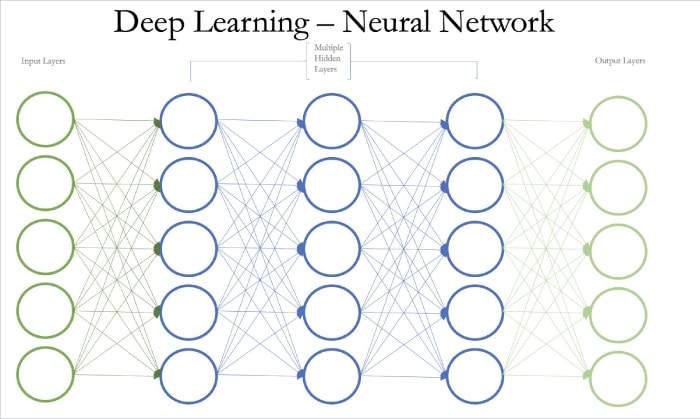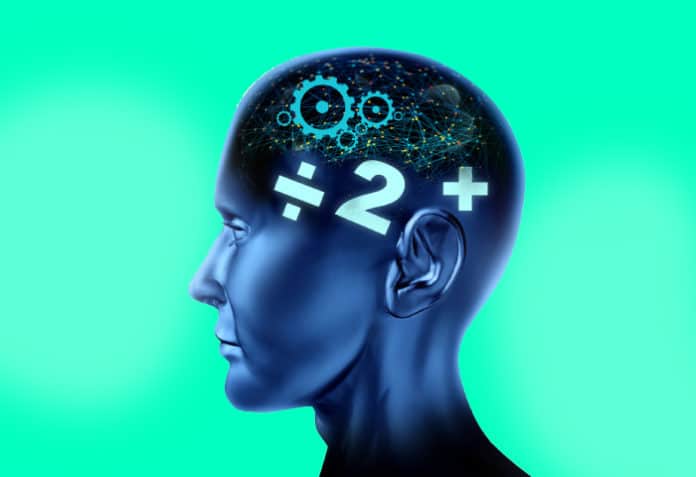A subset of machine learning, deep learning has been around since the middle of the last century, but started evolving rapidly since the early 21st century. Generative AI and ChatGPT have brought the focus back on it. We take a look at what deep learning is about and how it’s being used.
Data management is one of the hardest and costliest tasks every organisation is faced with. The fact that organisations appoint a chief data officer (CDO) shows how much importance they give to managing data — its treatment, classification, analytics, security and compliance requirements, etc. This is where deep learning (DL) shines as a perfect data management strategy when employed with the right set of tools.
While DL has been around for a while, the recent popularity of ChatGPT brings it back to being a hot topic in the world of AI. Deep learning is a subset of machine learning (ML), and is based on how the human brain is structured and works. If you are new to the subject and looking to learn the differences between AI, ML and DL, check out my writing mentioned in the ‘References’ at the end of this article. DL uses artificial neural networks to learn from large amounts of data. It gets the name ‘deep’ because it leverages multiple layers of interconnected neurons to process and learn from the data. DL algorithms are capable of learning complex patterns in images, audio and text. Deep learning uses large amounts of unlabelled data to learn the underlying structure and patterns in data. It is an unsupervised learning module that does not require labelled data to start learning from.
Deep learning has been around since the 1940s. However, it gained popularity in the 1980s with the development of backpropagation, a technique for training neural networks. In the 2000s, the evolution of advanced techniques with respect to dropout and rectified linear units (ReLU) helped address core challenges. In 2012, AlexNet, a convolutional neural network, focused on image recognition, won awards and regained popularity for mainstream uses in natural language processing (NLP), speech recognition and autonomous vehicles.
Some common use cases of deep learning are listed below.
- Image recognition: Classification of images leveraging DL algorithms is being done across healthcare institutions for the diagnosis of diseases.
- Natural language processing (NLP): NLP, when integrated with DL algorithms, opens up use cases like chatbots, machine translation and voice assistants.
- Speech recognition: DL algorithms help transcribe spoken language for use cases like speech-to-text transcription and voice assistants.
- Fraud detection: Deep learning algorithms help to keep a lookout for fraudulent transactions in banking and finance.
- Autonomous vehicles: DL algorithms help to navigate the surroundings in autonomous vehicles, enabling real-time decisions to be made while these cars are on the road.
Now, let’s take a deeper look at what deep learning is all about! As the ‘deep’ in deep learning represents the depth of layers in neural networks, a neural network that consists of more than three layers is considered a deep learning algorithm. As shown in Figure 1, most deep learning networks are feed-forward models. But they can be trained to back-propagate as well. The latter is especially useful to provide a feedback on errors so that the algorithm can be corrected appropriately.

Various studies and experiments have been conducted to validate the accuracy of deep learning neural networks. A network with at least three hidden layers has produced more than 98 per cent accuracy in data classification. This figure goes up with proper adoption of backpropagation. This is really cool, given the model does not need any preparation or prerequisites to begin with.
Although deep learning is considered to be a subset of machine learning, it does have its own unique characteristics in the way how each algorithm learns and how much data each type of algorithm uses. The fact that DL automates elimination of human intervention in mining large unstructured data sets with no prerequisites makes it a very scalable and extensible practical solution for industrial applications.
Deep learning may seem like a low maintenance application, but the high computing power it needs to process large amounts of data, as well as the black box nature of hidden layers, poses significant challenges in its adoption for many. Also, the classification and meaning of the data it generates is a reflection of what’s fed to it. Skilled data scientists are needed to understand the classifications, as well as refine and tune the model to look for specifics.
While DL algorithms are not perfect and much is yet to be researched and refined, just like in the other disciplines of AI, its technique has been recognised as powerful and good for many industrial use cases. The ability to learn without human intervention, and label large data sets of image, video and text, makes deep learning a game changing strategy for large enterprises where, typically, more than 80 per cent of data is unstructured. This labelling is an important step in making machine learning targeted and meaningful.
















































































